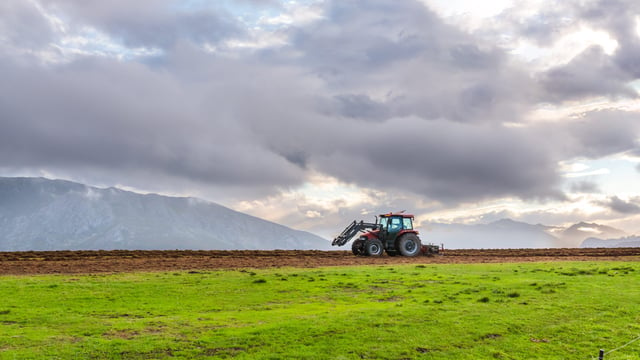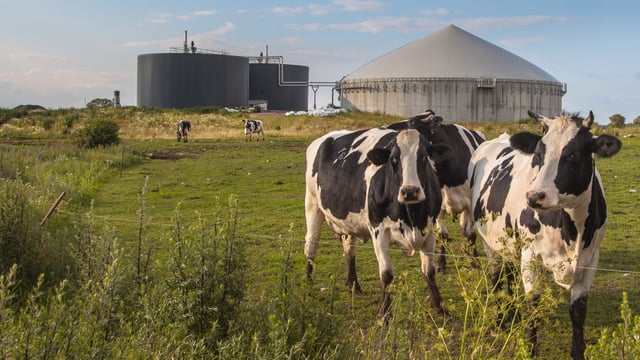New Zealand needs to examine its current approach to forestry - commissioner
New Zealand needs to examine whether it is establishing the forests it wants for the long run according to the country's Parliamentary Commissioner for the Environment.
Simon Upton believes the current approach is driving a wave of land use change with "significant environmental, economic and social risks".
Nearly 40% of land in New Zealand is covered by forestry according to the New Zealand Ministry for Primary Industries.
During a recent visit the Institute of International and European Affairs (IIEA) in Dublin the Parliamentary Commissioner for the Environment highlighted why he thinks New Zealand may regret its current approach to land use.
He highlighted that in 1983, "there were 70 million sheep, and about three million humans".
“Subsidies were introduced to support agriculture ended up seriously distorting land use (in New Zealand).
“Sheep numbers today have fallen to around 20 million, by contrast, the number of dairy cows has risen from 3.4 million in 1990, to 5.9 million in 2023, bringing with it significant intensification of land use," he said.
Upton said plantation forestry has also become a major land use in New Zealand, but warned that there are negatives associated with this land use type.
He said: “In New Zealand, afforestation has been latched onto as a cheap, easy way for us to achieve climate goals.
“This strategy comes with significant risks. These carbon forests must be effectively permanent to offset carbon emissions.
“But it simply cannot be guaranteed given the increased risks from fire, disease, and extreme weather events that climate change is bringing in its wake."
Upton believes that new permanent forests being planted as carbon offsets through the New Zealand Emissions Trading Scheme (ETS) "carry long-term risks for future generations.”
The New Zealand ETS is a tool for meeting the country's domestic and international climate change targets.
According to Upton this approach might not deliver and there could be carbon liabilities down the line.
He said: "It simply cannot be guaranteed given the increased risks from fire, disease, and extreme weather events that climate change is bringing in its wake.
“It would leave us with a simpler fossil fuel only ETS, which would drive carbon prices up, and gross emissions down.
"It would also remove artificial and substantial land use pressure.
He believes that forest offsetting "is not a defensible way of dealing with fossil and carbon emissions, but it might be a way to mitigate some of the warming effects of agricultural methane emissions".
In order for New Zealand to move forward and meet its environmental goals, Upton said: "The way we use land must change".
“The environmental impact of land use has been treated as a series of technical problems, meaning discrete solutions that ignore the reality that landscapes are a complex, interconnected systems.
“So I propose three ways forward. Firstly, bringing decision making closer to people to make significant land use changes.
“Secondly, investing in providing accessible high quality information, as a public good to land users and regulators. “Thirdly, being upfront about the cost and who will pay", Upton said





